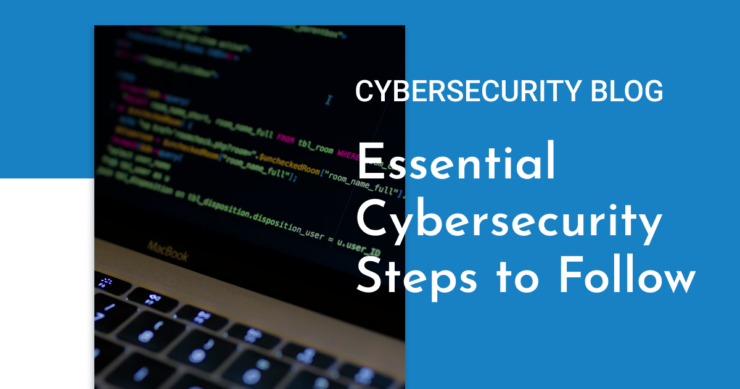
Cybersecurity is the practice of protecting systems, networks, and programs from digital attacks. These cyberattacks are usually aimed at accessing, changing, or destroying sensitive information, extorting money from users, or interrupting normal business processes. Implementing effective cybersecurity measures is particularly challenging today because there are more devices than people, and attackers are becoming more innovative.
Here are some essential steps to follow for robust cybersecurity:
- Install Antivirus and Anti-Malware Software: These programs help detect and remove malicious software that can harm your computer or network. Ensure that they are updated regularly to protect against the latest threats.
- Use Strong, Unique Passwords: Weak passwords can be easily cracked. Use a combination of letters, numbers, and special characters. Avoid using the same password for multiple accounts.
- Enable Multi-Factor Authentication (MFA): MFA adds an extra layer of security by requiring not just a password and username but also something that only the user has on them, such as a piece of information only they know or a physical token.
- Regular Software Updates: Keep your operating systems, applications, and devices up to date. Software updates often include patches for security vulnerabilities that have been discovered.
- Backup Data Regularly: Regular backups can save your data from being lost due to hardware failures, ransomware, or other incidents. Store backups in a secure, separate location from your main systems.
- Educate and Train Employees: Human error is one of the most common causes of security breaches. Regular training on security practices and protocols can help prevent accidental breaches and teach employees how to recognize phishing attempts and other scam tactics.
- Secure Your Networks: Use firewalls and encryption to protect your internet connections. Ensure that your Wi-Fi network is secure and hidden, and use a strong password.
- Monitor and Manage User Access: Limit access to sensitive information and systems to only those employees who need it to perform their job duties. Regularly review user accounts and permissions to ensure they are up-to-date.
- Implement Incident Response Plans: Have a response plan in place in case of a cybersecurity incident. This should include steps to contain and mitigate the attack, as well as procedures for notifying affected parties and complying with legal requirements.
- Stay Informed About Cyber Threats: Keep up with the latest cybersecurity news and trends. Understanding emerging threats can help you anticipate and defend against new types of attacks.
By following these steps, individuals and organizations can significantly reduce their risk of falling victim to cyberattacks and ensure their digital assets remain protected.

